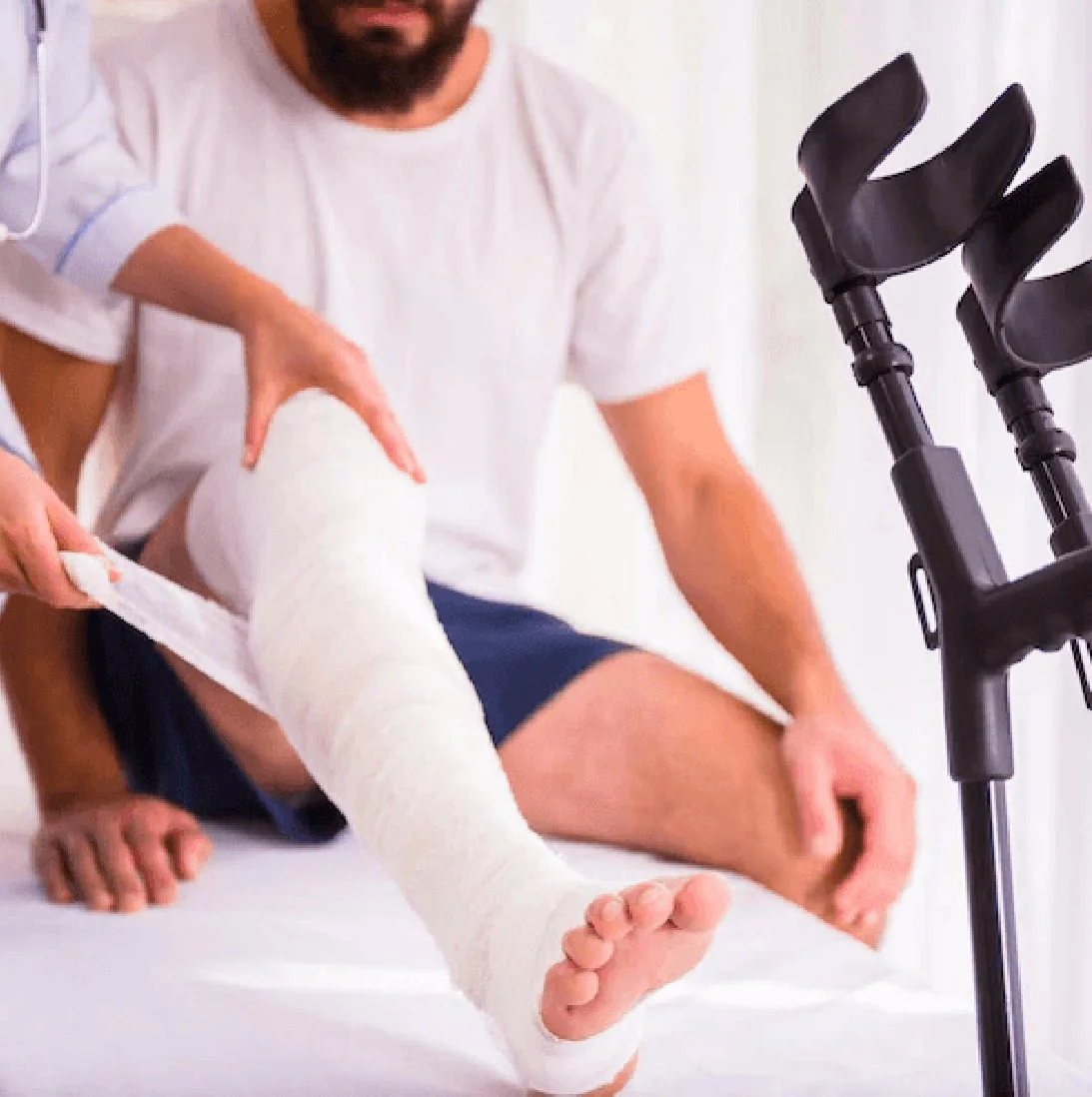
Department of Plastic and Reconstructive Surgery
Welcome To Gangasheel Hospital
What is Cartiladge Injury?
Cartilage has several functions in the human body:
- Reduces friction, acts as a cushion between joints, and supports weight when walking, bending, and stretching. are kept together.
- Some parts of its body, such as the outer parts of its ears, are made almost entirely of cartilage.
- In children, the ends of long bones are made of cartilage and eventually become bone.
- Unlike other types of tissue, cartilage is not supplied with blood. Because of this, damaged cartilage takes much longer to heal compared to other tissues that are supplied by blood.
Cartilage has several functions in the human body:
- Reduces friction, acts as a cushion between joints, and supports weight when walking, bending, and stretching. are kept together.
- Some parts of its body, such as the outer parts of its ears, are made almost entirely of cartilage.
- In children, the ends of long bones are made of cartilage and eventually become bone.
- Unlike other types of tissue, cartilage is not supplied with blood. Because of this, damaged cartilage takes much longer to heal compared to other tissues that are supplied by blood.
- Inflics
- Direct Strike - Cartilage can be damaged by severe impact to joints, such as a bad fall or car accident. Athletes, especially those who play sports such as American football, rugby, and wrestling, are at increased risk of joint injuries.
- Wear - Joints under prolonged stress can become damaged. Overweight people are more likely to injure their knees than people of normal weight after the age of 20 as their bodies are subjected to physical stress. The final loss is called osteoarthritis.
- Lack of Exercise - Joints must be moved regularly to stay healthy. Long periods of inactivity or immobility increase the risk of cartilage damage.
Conservative treatment (non-surgical) - Some patients respond well to conservative treatment, including special exercises, NSAIDs (non-steroidal anti-inflammatory drugs), and sometimes steroid injections. may include physical therapy and/or programs that can be performed at home. This is all the patient needs if the damage is not extensive.
Surgery is required for patients who do not respond to conservative management. There are several surgical options, depending on a variety of factors, including the patient's age and activity level, the size of the lesion, and how long the injury has occurred.
Surgical options include:-
Debridement -
Flattens damaged cartilage and removes loose edges to prevent chafing and irritation to other parts of the body. This procedure is done using a small arthroscopy instrument, such as a mechanical shaver.
Bone marrow stimulation -
The surgeon drills a small hole (microfracture) under the damaged cartilage to expose the blood vessels of the bone. This causes blood clots to form in the cartilage and triggers the production of new cartilage. Unfortunately, the newly grown cartilage is less flexible than the original cartilage type. This means it will wear out faster and may require surgery again later.
Mosaic Creation -
Harvesting healthy, undamaged cartilage from the site and transplanting it into the damaged area. This procedure is not suitable for extensive injuries such as arthrosis. Mosaicoplasty is used only for isolated cartilage lesions and is usually limited to 10-20 mm in size. This technique is most commonly used in patients under the age of 50 with accidental injury
Autologous Chondrocyte Transplantation -
A small piece of cartilage is removed and taken to the laboratory.
Yes, Cartiladge Injury treatment is available in Bareilly at Gangasheel Hospital by the team of expert Plastic Surgeons in the city.
